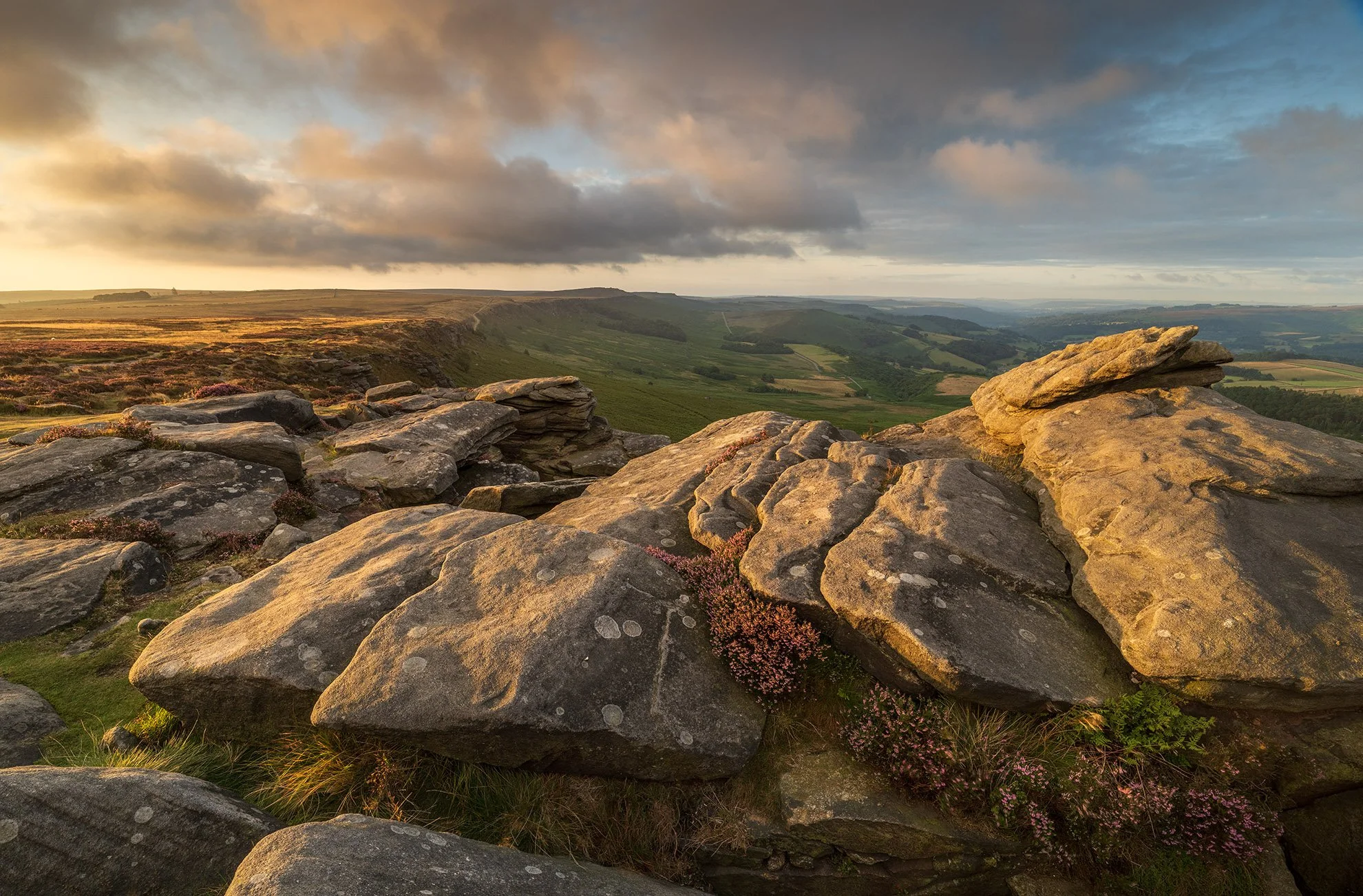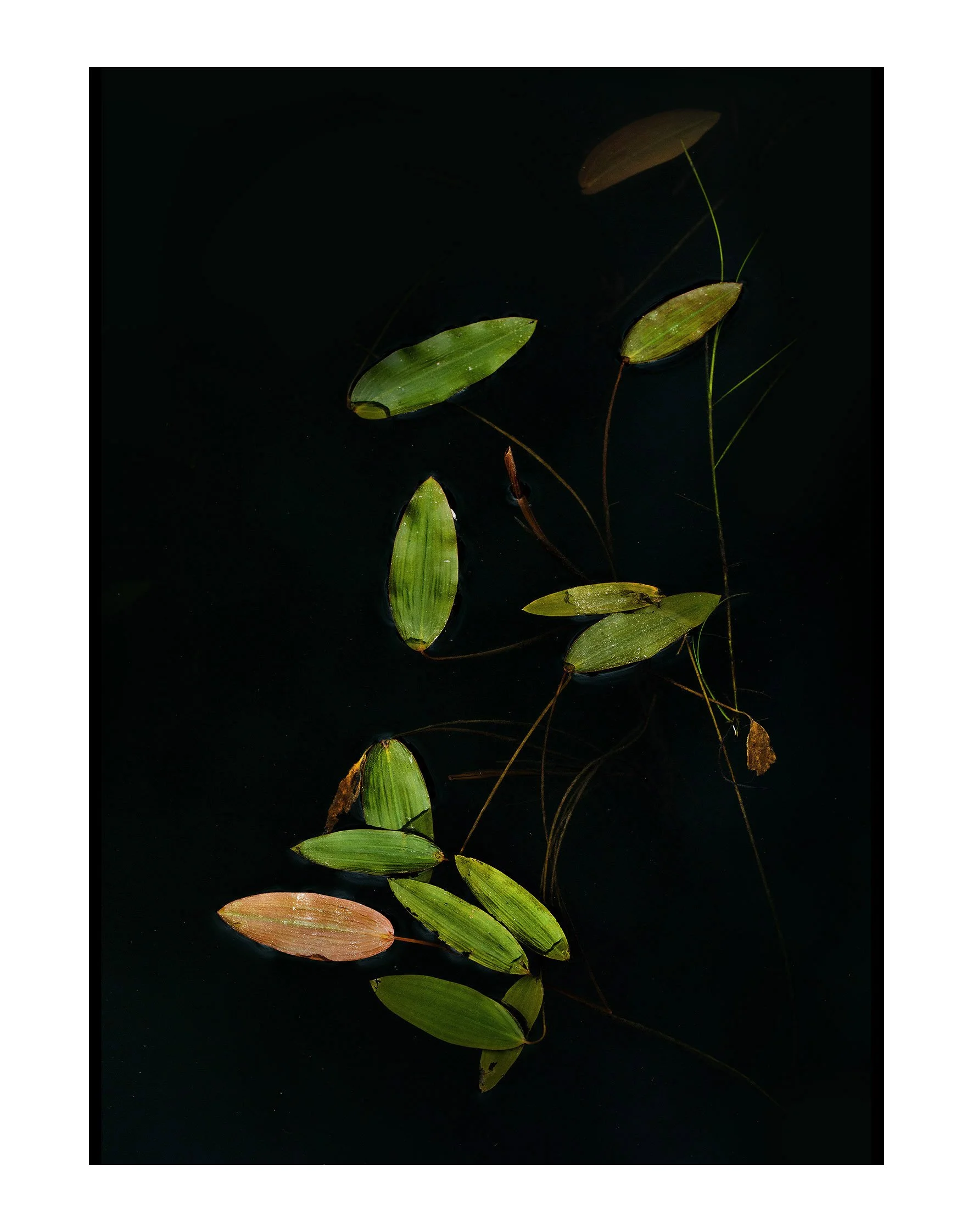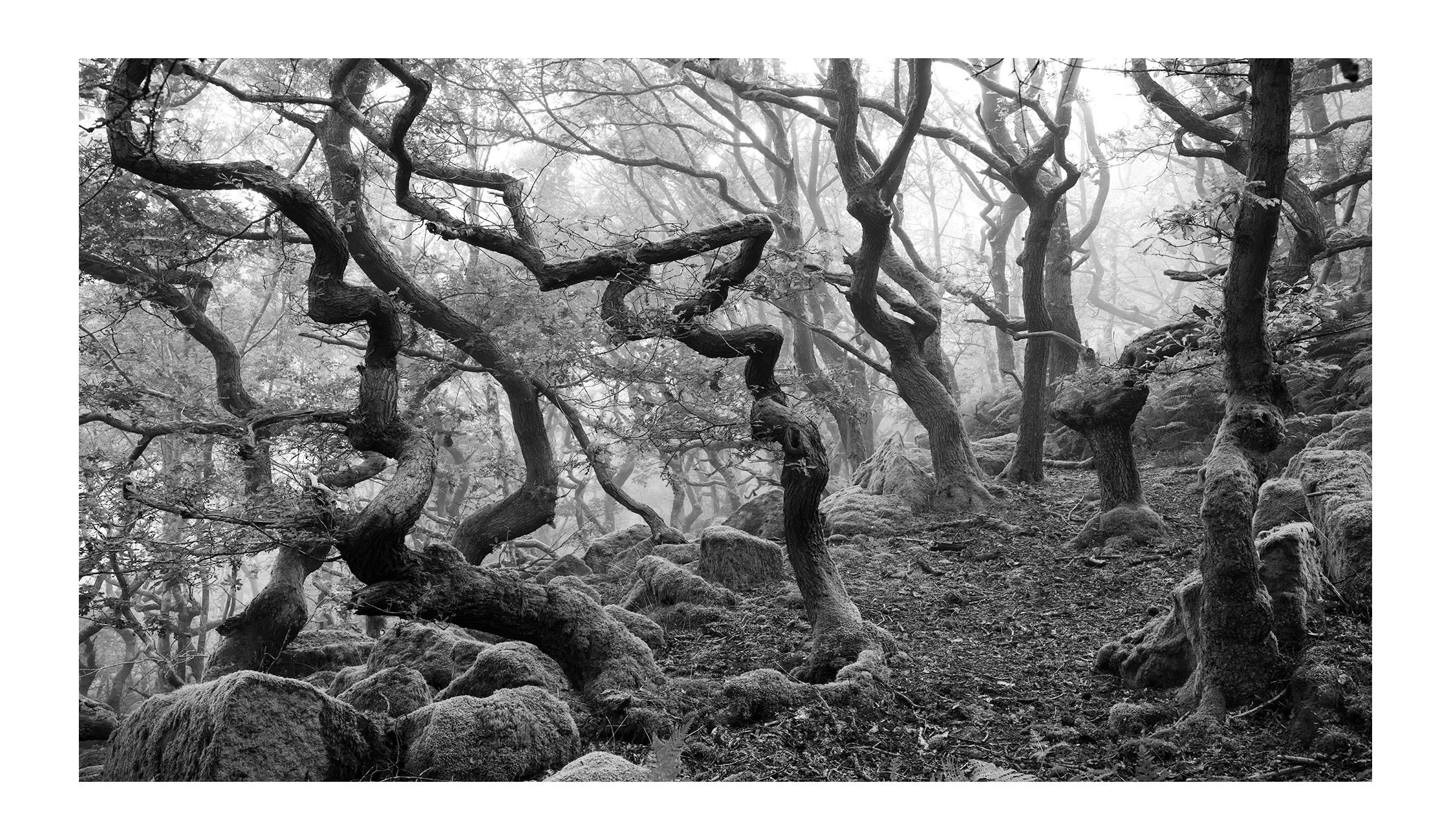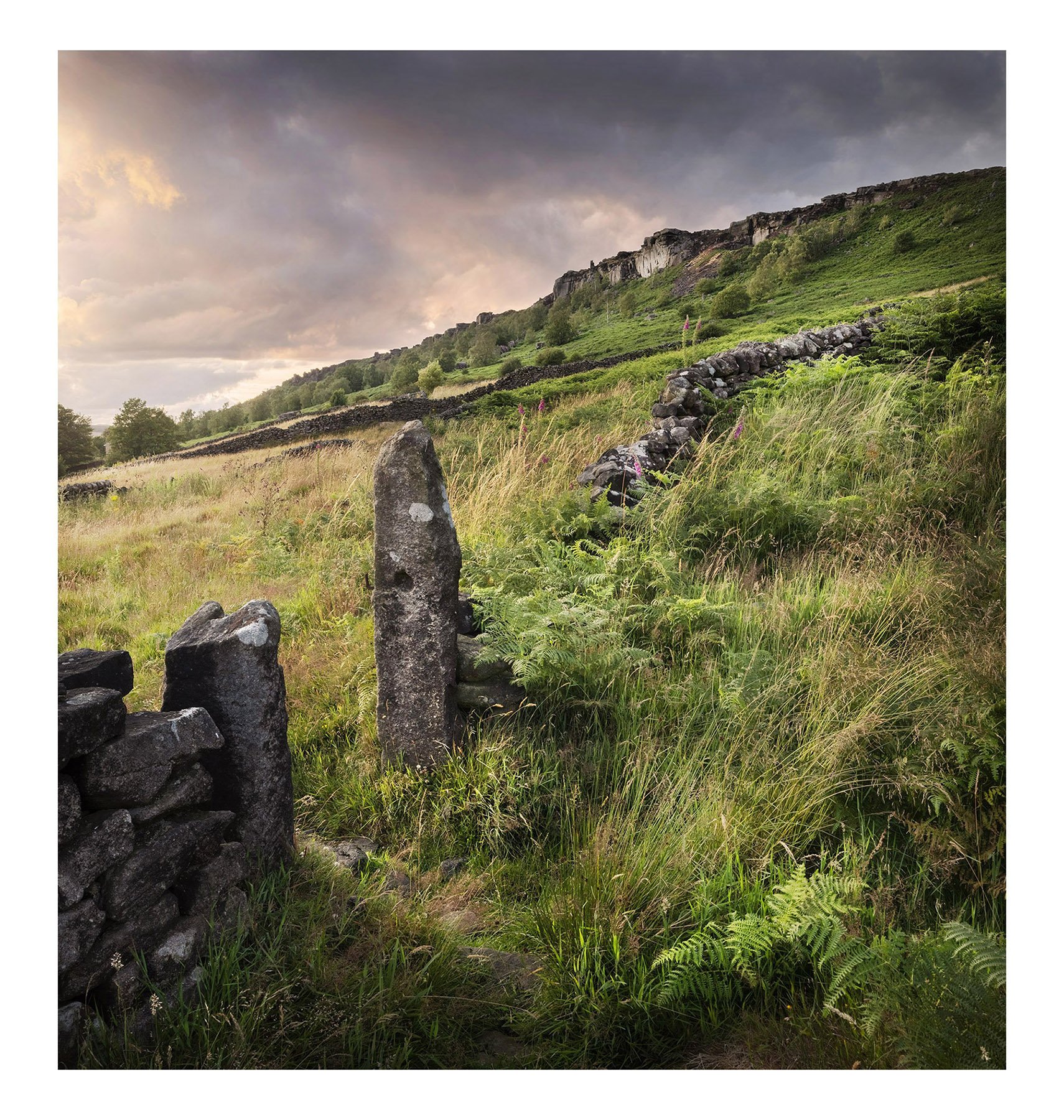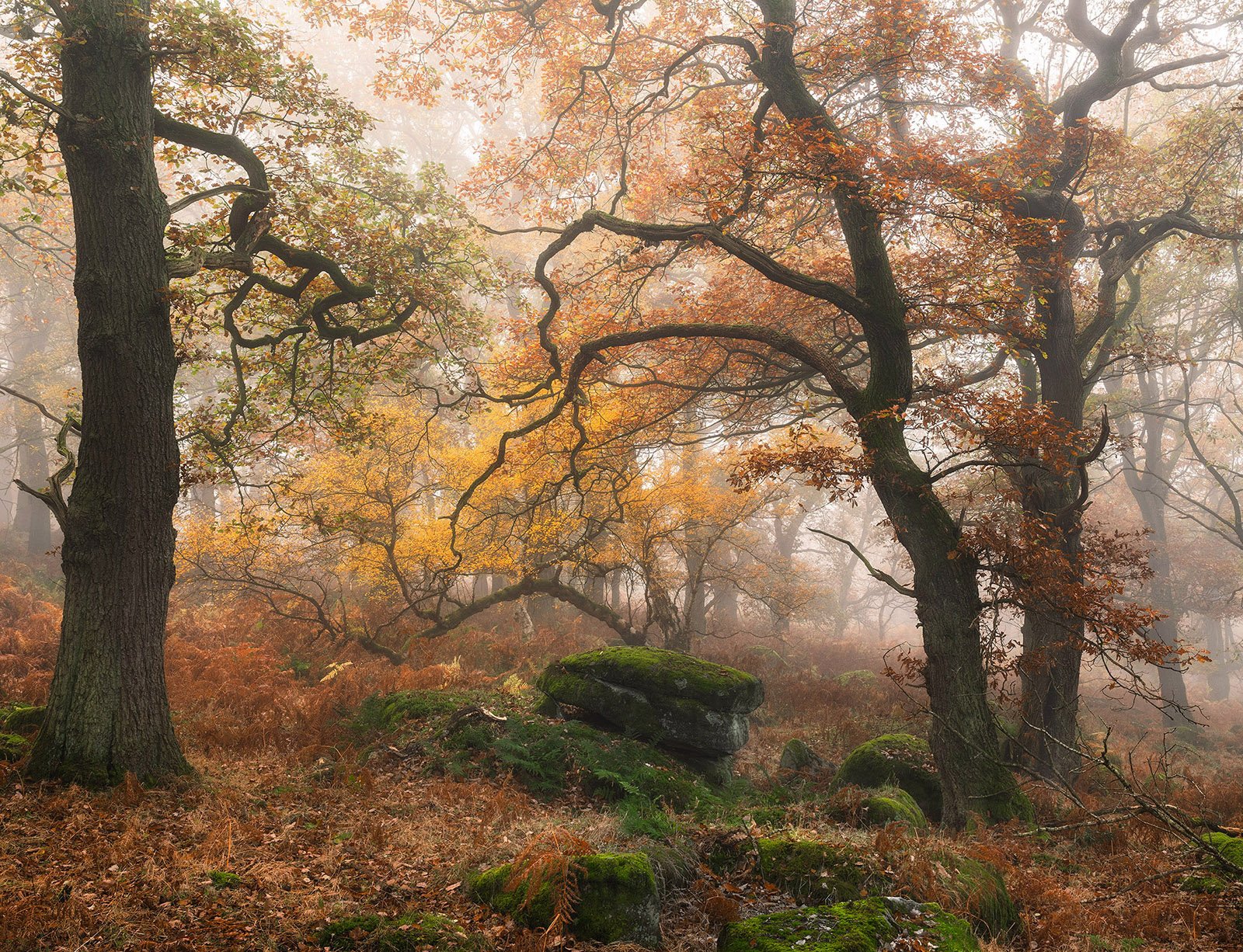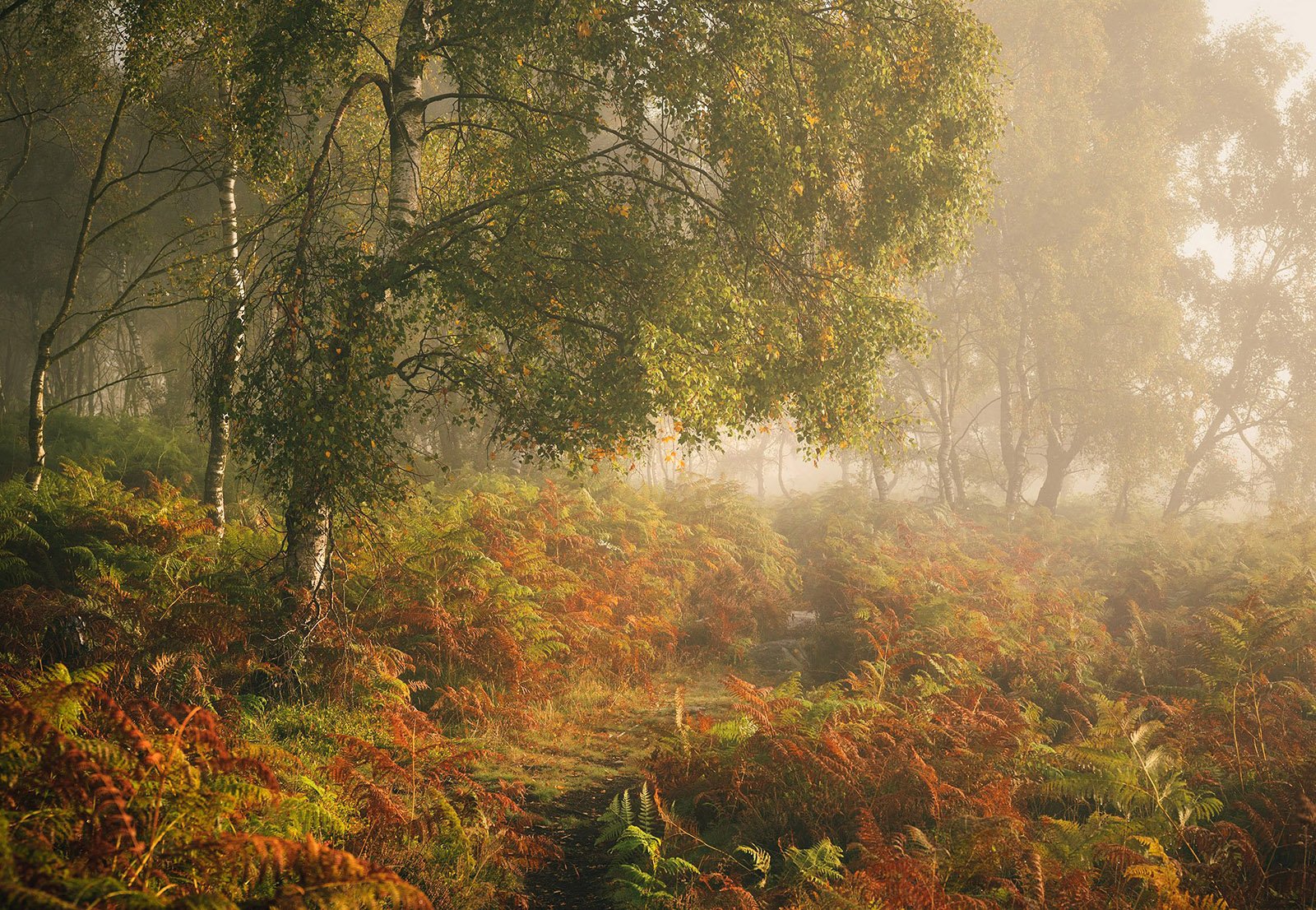I have recently read two books by the authors Rollo May, - Mans search for Himself and Dr David R Hawkins- Letting go.
In my own search for meaning, freedom and self awareness, both books, although with different approaches offer, insight, knowledge and questions as to my place as a photographer and a creative, often battling with the external noise of daily life in todays society. The courage to break free with freedom is difficult. I have taken a lot from reading both books and using the practise to become more self aware and use the ideas to help my progression and thoughts as a landscape photographer.
Landscape photography, often romanticised as the simple act of capturing natural beauty, is in truth a deeply introspective process one that challenges the photographer to confront not only the world before them but the inner landscape of their own psyche. At its most authentic, this creative practice demands courage and self-awareness, guided not by technical perfection but by the artist’s capacity to be present, vulnerable, and free. In this regard, the philosophies of Dr. David R. Hawkins and Rollo May offer profound insight into the creative process, positioning emotional surrender and existential self-discovery as keys to unlocking the truest expression in landscape photography.
The Landscape Within: Letting Go as Creative Liberation
Dr. David R. Hawkins, in his book Letting Go, outlines a method of emotional release that hinges on full acceptance of present experience without resistance. This surrender, rather than a passive resignation, is an active relinquishment of inner conflict. In the context of photography, the process of “letting go” becomes a creative liberation. It means releasing the striving for the perfect shot, the fear of inadequacy, and the need for external validation. It is in this letting go that a photographer becomes more attuned to what is rather than what should be able to see, the nuance of light, the subtlety of shadow, the movement of clouds not as objects to control, but as expressions of reality worth witnessing as they are.
Photography, then, becomes a meditative practice, an exercise in non-resistance. By letting go of the ego’s attachment to achievement or originality, the photographer opens to deeper perception one that captures not just the appearance of a landscape, but its emotional resonance. Hawkins reminds us that surrender is not loss; it is freedom. In this freedom, the landscape becomes a mirror, reflecting not the photographer’s technical abilites, but their openness and truth.
Courage and the Creative Self: Rollo May’s Existential Lens
Rollo May, in Man’s Search for Himself, speaks of the loss of self in the modern world, and the courage required to reclaim it. For May, self-awareness is not simply an introspective tool but a radical act of freedom, a choice to live authentically amidst social conformity and internal fear. In the solitary practice of landscape photography, this existential courage plays out in profound ways.
To stand alone in nature confronted by vast skies, rugged cliffs, silent forests is to confront oneself. It is here that the photographer is stripped of pretence, faced with the truth of their own impermanence and significance. The courage to continue, to frame a shot, to expose oneself through creative expression, becomes an existential affirmation: I am here. I see. I respond. This is not escapism, but engagement. May would say that in this process, the photographer is no longer merely a recorder of external beauty, but a participant in the unfolding drama of existence.
Courage, then, is not the absence of fear, but the will to create despite it. It is the freedom to define one’s own vision, to photograph not for likes or recognition, but from the inner necessity to communicate presence, wonder, and truth. It is choosing the uncertain path of authenticity over the safe route of imitation.
Bringing together Hawkins and May, landscape photography emerges as a kind of spiritual alchemy. The surrender Hawkins teaches allows the photographer to dissolve layers of resistance, revealing the raw self that May believes is essential for genuine creativity. From this space of self-awareness, freed from fear, open to being, can a new kind of seeing arise? The camera becomes not just a tool of documentation, but something to link the outer world and the inner self.
In practical terms, this might mean leaving behind rigid plans and embracing spontaneous exploration. It may mean photographing in difficult weather, trusting intuition over textbook composition rules, or allowing oneself to be moved emotionally by a place without needing to justify it. The resulting images often carry a resonance that speaks beyond technical mastery, they carry soul.
In a world of distraction and noise, landscape photography, approached through the lenses of courage and self-awareness, becomes a quiet rebellion. It is the freedom to witness and the courage to express, not from the ego, but from the authentic self. Through Hawkins’ surrender and May’s existential responsibility, the photographer finds more than images they find themselves.
In the end, perhaps the most powerful landscape one can photograph is the one within.
